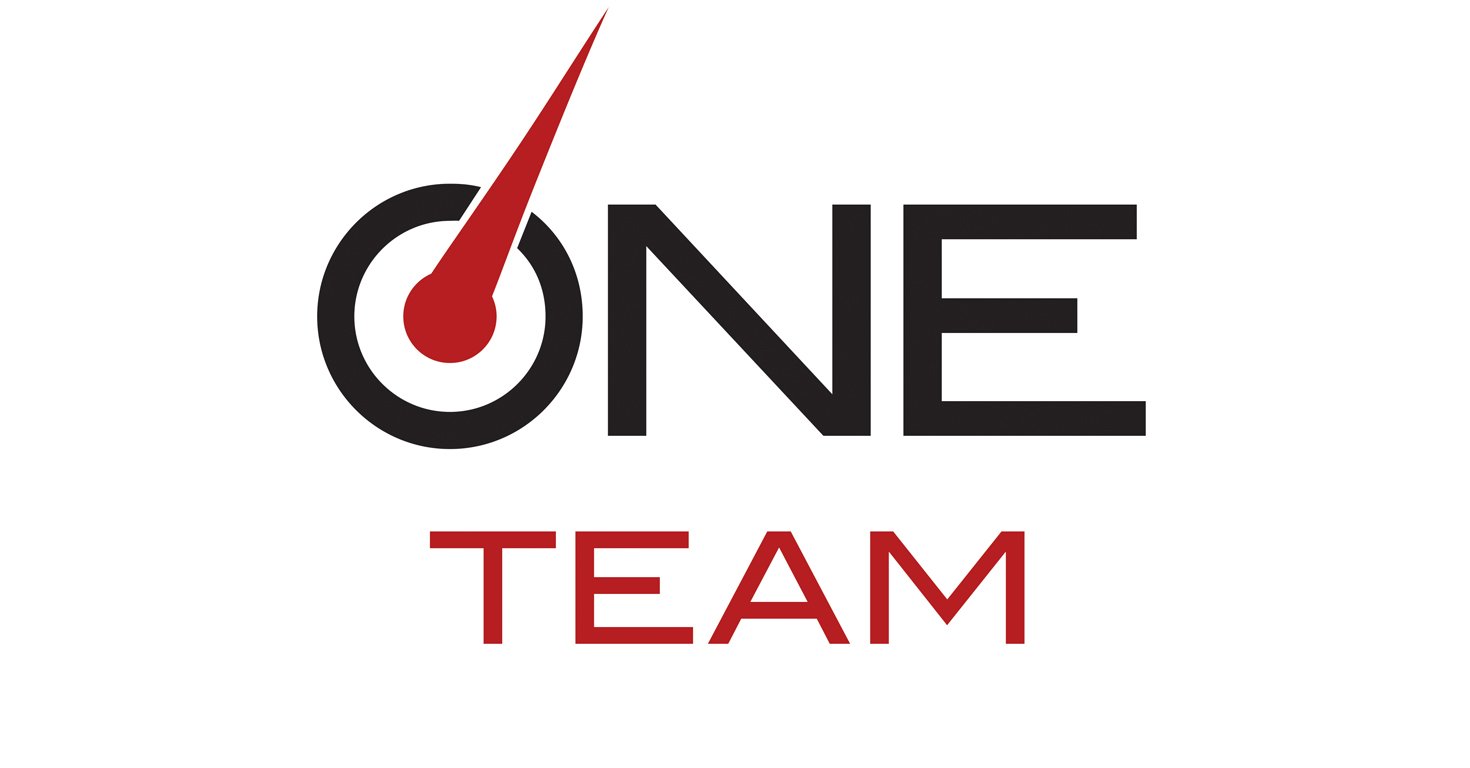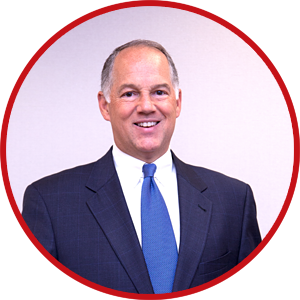
In his landmark book, Good to Great, Jim Collins introduced the concept of “first who, then what.”
So, let’s start by clarifying your “who.”
We believe that your corporate executive team is ultimately responsible for creating alignment. Therefore, Step One is for them to accept that responsibility.
This starts with your CEO. Your CEO must operate as the company’s Chief Alignment Officer.
Randy Papadellis, the former CEO of the cranberry cooperative Ocean Spray, referred to himself as the “Chief Alignment Officer.” Papadellis joined Ocean Spray in July 2000 as the Chief Operating Officer and was promoted to Chief Executive Officer in 2002. Here is how he described the transition,
“I believe the biggest difference between being CEO and COO is the job of alignment. When I became CEO, I realized very quickly that it was my responsibility to take the many constituencies we have in our business—our grower owners, our Board of Directors, our key suppliers, our key customers, or most importantly our employees—and make sure that they were aligned and moving in the same direction.”
Aligned and moving in the same direction! My sentiments exactly.
Second, the entire corporate executive team must embrace alignment as a critical corporate initiative. There are several reasons for this:
- The corporate executive team is ultimately responsible for aligning the company’s multiple divisions, departments, functions, and geographies.
- The corporate executive team is ultimately responsible for aligning the interests of the company’s multiple stakeholders, including investors, creditors, employees, boards, vendors, customers, governments, the communities where you operate, and more. These stakeholders often have competing interests which must be aligned.
- The corporate executive team is ultimately responsible for aligning the company’s multiple strategies, tactics, goals, priorities, and initiatives into a coherent corporate strategic plan (One Plan).
- The corporate executive team is ultimately responsible for aligning the company’s resources— both human and financial—with the corporate strategy. Budgets must be allocated. Headcounts must be approved.
- Each corporate executive has the responsibility to align their functional area. The Chief Financial Officer must consolidate the budgets. The Chief Marketing Officer must integrate the marketing plans. The Chief Sales Officer must roll up the sales forecasts.
- Finally, the corporate team “sets the bar” for alignment. If they are not aligned as One Team, the rest of the organization will be dysfunctional. They must be role models for alignment. A misaligned executive team will never create an aligned company.
Let me say that again. A misaligned executive team will never create an aligned company.
While no team is perfect, in my book, Drive One Direction, we will explore how Ford, The Carlyle Group, Berkshire Hathaway, and Valiant Integrated Services unleashed the accelerating power of alignment by working as One Team.


.jpg?width=849&name=shutterstock_145471609%20(1).jpg)
 Companies operate in many ways. Some are highly centralized, others are highly decentralized.
Companies operate in many ways. Some are highly centralized, others are highly decentralized. I strongly believe that alignment is Job One.
I strongly believe that alignment is Job One.